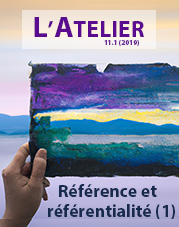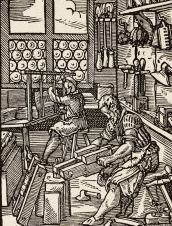Vladimir Nabokov's Ada, or the Texture of Referentiality
Abstract
This paper posits that with his magisterial Ada, Nabokov not only playfully undermines the specularity between world and words that is assumed by many readers, but also offers a personal reflection on and practice of referentiality. The diegetic world of Antiterra foregrounds its own specular relationship to the reader’s terrestrial “reality”, as Antiterra is a world that resembles our own from many aspects, but with significant differences: electricity was banned after a mysterious disaster, Russia and America are one and the same continent. Antiterra’s map is punctuated by places that are “doubles” of “real” places, or mergers of various existing territories. By using the 'repetition with variation' principle to create toponyms, Nabokov duplicates what Jean-Christophe Bailly terms “the mimetic field”, and uses referentiality not as a set of landmarks meant to guide us in our imagining the diegetic world, but as a playful tool to upset our usual bearings and invite us to play the wondrous game of fiction. The threefold demonstration follows the divergence/convergence pattern between world and words displayed in the novel, by focusing first on the geography of the alternate world of Antiterra, and its specific ramifications into the potentialities of language; then on the playful dimension of referentiality in its historical aspects, and finally on the closing of the novel on the fusion of Antiterra with Terra, and its effects on the referential relation.
Published
Issue
Section
License
- Work submitted for publication must be original, previously unpublished, and not under consideration for publication elsewhere. If previously published figures, tables, or parts of text are to be included, the copyright-holder's permission must have been obtained prior to submission.
- Authors of accepted manuscripts will assign to L'Atelier the right to electronically distribute their article, or publish it in any form (Internet, CD ROM, printed copy) but authors will retain copyright and, after the article has appeared in L'Atelier, authors may republish their text (in print and/or electronic form) as long as they clearly acknowledge L'Atelier as the original publisher.


